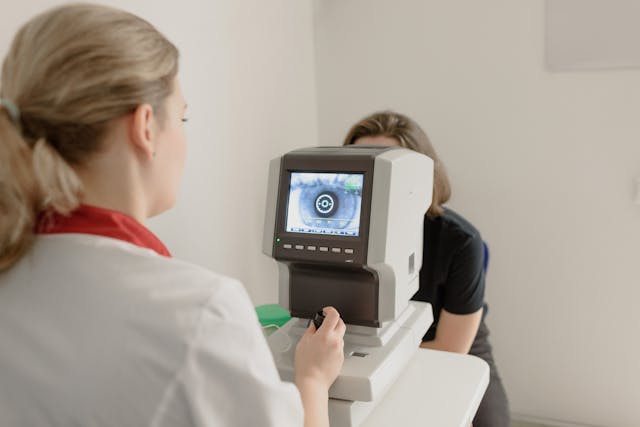A recent study spearheaded by researchers from Mass Eye and Ear indicates a higher incidence of a potentially blinding eye condition called NAION among patients prescribed semaglutide, marketed as Ozempic or Wegovy, for diabetes or weight loss. Notably, diabetic patients who were prescribed and filled their semaglutide prescriptions had a more than fourfold increased likelihood of being diagnosed with NAION. Additionally, patients who were overweight or obese faced a more than sevenfold increase in risk when prescribed this medication.
The study was conducted under the leadership of Joseph Rizzo, MD, director of the Neuro-Ophthalmology Service at Mass Eye and Ear and the Simmons Lessell Professor of Ophthalmology at Harvard Medical School. It was published on July 3rd in JAMA Ophthalmology.
Rizzo highlighted that while semaglutide has dramatically benefited many, future discussions between patients and their physicians must consider NAION as a potential risk. He stressed the importance of recognising that, despite the increased risk, NAION remains a relatively uncommon disorder. Occurring in up to 10 out of 100,000 people, NAION is the second leading cause of optic nerve-related blindness—just behind glaucoma—and the most common cause of sudden optic nerve blindness. The condition is believed to stem from reduced blood flow to the optic nerve head, leading to permanent visual loss in one eye. The loss of vision associated with NAION is painless and typically progresses over several days before stabilising, with limited prospects for improvement. Currently, there are no effective treatments for NAION.
The study was initiated following an alarming observation by Rizzo and his team in late summer of 2023, where three patients in a single week were diagnosed with this rare optic nerve disease; all were taking semaglutide. This prompted a retrospective analysis of patient records at Mass Eye and Ear to determine if there was a correlation between the drug, which has become increasingly popular, and the disease. Semaglutide was initially introduced as a treatment for type 2 diabetes under the brand name Ozempic in 2017 and was later approved for weight management as Wegovy in 2021.
Researchers reviewed over 17,000 patient records from the six years following the launch of Ozempic, categorising the patients by those diagnosed with diabetes or those who were overweight/obese. They compared the rate of NAION diagnoses between patients prescribed semaglutide and those using other diabetes or weight loss medications, uncovering significant increases in risk.
The study has limitations: most of the population is white, and Mass Eye and Ear typically see more rare eye disease cases. Additionally, the small number of NAION cases over the six years means that statistical results could vary significantly. Another limitation noted by the researchers is the lack of data on whether patients consistently took their medication or stopped at any point, which could influence the risk assessment.
While the study does not establish causality, and the researchers remain uncertain about the mechanisms underlying the association or the discrepancy in risk between diabetic and overweight patients, Rizzo emphasised the importance of the findings. He suggests these results should be considered significant but preliminary, underscoring the need for further research in a more extensive and diverse population to explore these findings comprehensively. This new information should be integrated into patient-physician discussions, especially for patients with preexisting optic nerve issues like glaucoma or significant visual loss from other causes.
More information: Jimena Tatiana Hathaway et al, Risk of Nonarteritic Anterior Ischemic Optic Neuropathy in Patients Prescribed Semaglutide, JAMA Ophthalmology. DOI: 10.1001/jamaophthalmol.2024.2296
Journal information: JAMA Ophthalmology Provided by Mass Eye and Ear








